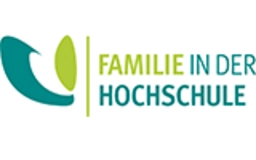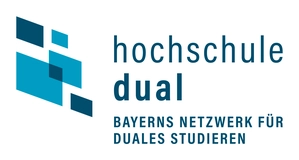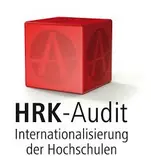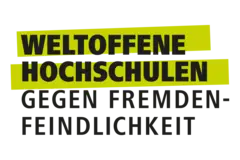Modern systems rely on many different components and subsystems to ensure reliable and safe functioning. From the start, especially due to different stress inside a system not all components have the same live span. Should a component fail it needs to be replaced to maintain the functionally of the system. Maintaining a system can be cost intensive do to two different reasons. First during a failure of the system, it is not possible to fulfill its intended purpose which results in costs surrounding the system. Secondly a failure can result in unnecessary damage to other components of subsystems which increases maintenance cost to the system itself.
To counter these, three different types of maintenance evolved. The first was reactive maintenance. If a component failed it got replaced. Based on the experience gained with this approach scheduled maintenance was developed. Especially in mechanical dominated systems this time-based method is common. But with more and more electronics being integrated into systems collection of operational data became possible. With this available data, we are able to design predictive maintenance approaches. This approach is part of Prognostic and Heath Management (PHM) where the remaining useful life (RUL) of a component is determined and based on this information the maintainence of the system is planed. This ensures increased availability and reduced downtimes of a system. Both these aspects can reduce the cost of maintaining a system massively. But this is still a passive approach because only the state of the system gets monitored and its failure predicted. The active approach involves Health Management, instead of just planning the maintenance it is possible to develop stages to increase systems RUL. For example, a company could have two identical CNC machines and for a specific new job, a decision must be made on which machine should run the job. By knowing the condition of each machine and by predicting the aging occurring during this job most cost-effective solution can be chosen. Furthermore, they could decide to reduce the machine load by increasing runtime to prevent a failure of the machine during this job and plan maintenance accordingly.
This research group is starting to get involved in the field of PHM. Its focus to begin with is on Camera- and LiDAR-Systems and the determination of their RUL. The reliable functioning of these systems will be crucial for autonomic driving vehicles. To develop models for PHM in the first phase of research an environmental test chamber will be developed. This chamber will enable independent or simultaneous vibration and temperature stressing. During the stressing the operational data of the component will be recorded. In phase two, this generated data will be used to develop physics based and data driven models of the components to determine the RUL. In phase three, the models get iterated by running them against further accelerated aging test and real live field data.
Open positions
If you are interested in vacancies for student work within the research group, please send an email with CV to assistenz-iimo-elger.de.

![[Translate to English:] Logo Akkreditierungsrat: Systemakkreditiert](/fileadmin/_processed_/2/8/csm_AR-Siegel_Systemakkreditierung_bc4ea3377d.webp)








![[Translate to English:] Logo IHK Ausbildungsbetrieb 2023](/fileadmin/_processed_/6/0/csm_IHK_Ausbildungsbetrieb_digital_2023_6850f47537.webp)


